The United States has witnessed a concerning number of biosafety incidents within its laboratories, with data revealing more than 600 pathogen releases over eight years up to 2022. Dr. Richard Ebright, a respected microbiologist, has highlighted these figures as indicative of a “startlingly high frequency” of lab accidents.
He criticizes the “inadequacy of U.S. government oversight of biosafety and the lack of public transparency,” calling the situation eye-opening for those outside the field. These incidents not only underscore the immediate risk to laboratory personnel but also the potential for broader public health crises.
Direct Human Impact and Exposure Incidents
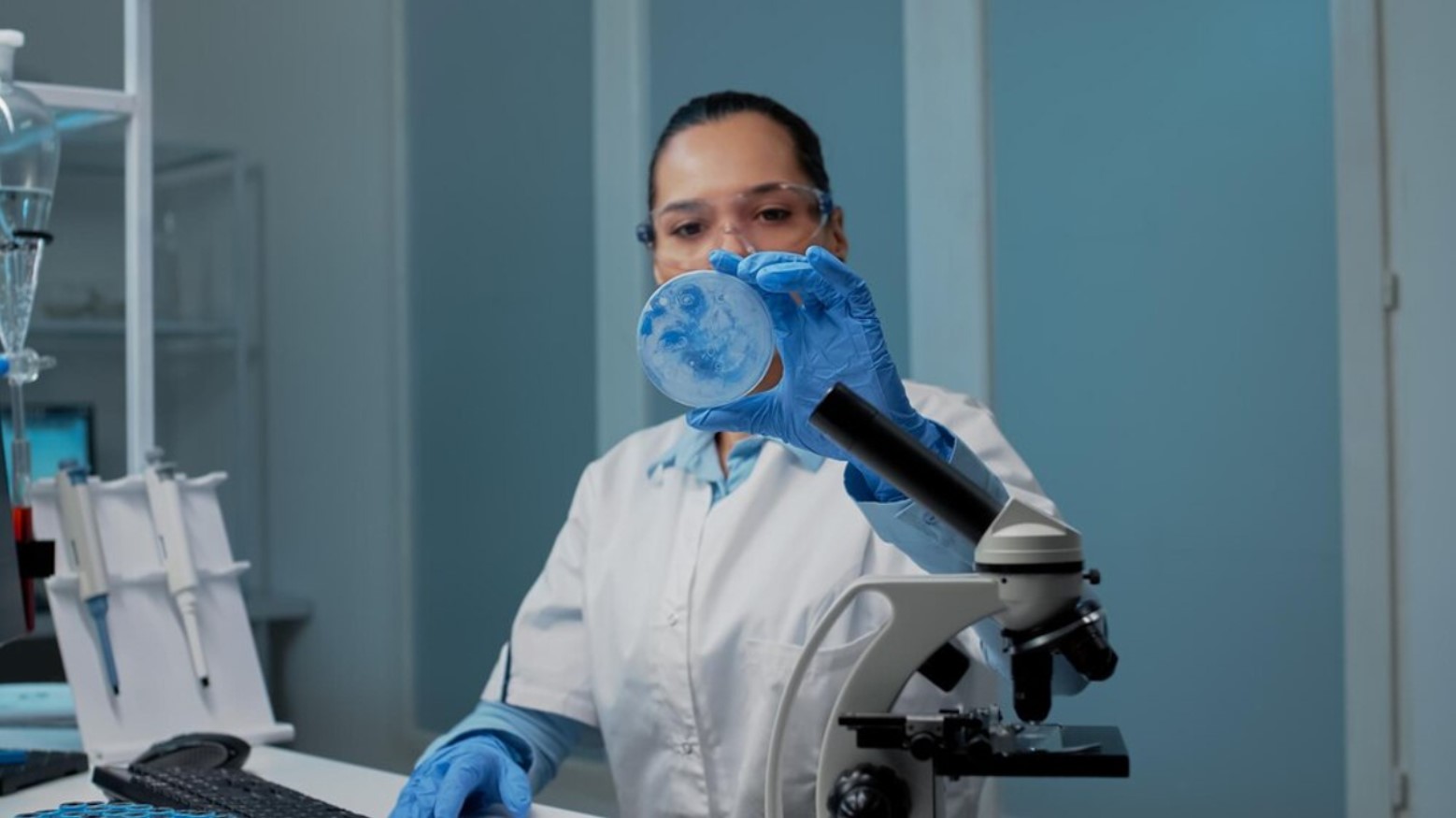
The real-world consequences of these lapses have been palpable, with at least two U.S. workers infected in separate incidents involving the Chikungunya virus and Q fever (via The Daily Mail).
Although there were no fatalities, these cases serve as critical alerts. They arose from typical laboratory errors, such as spills and improper use of safety equipment, underlining the immediate need for enhanced safety protocols and training in handling dangerous pathogens.
Regulatory Gaps and Oversight Challenges
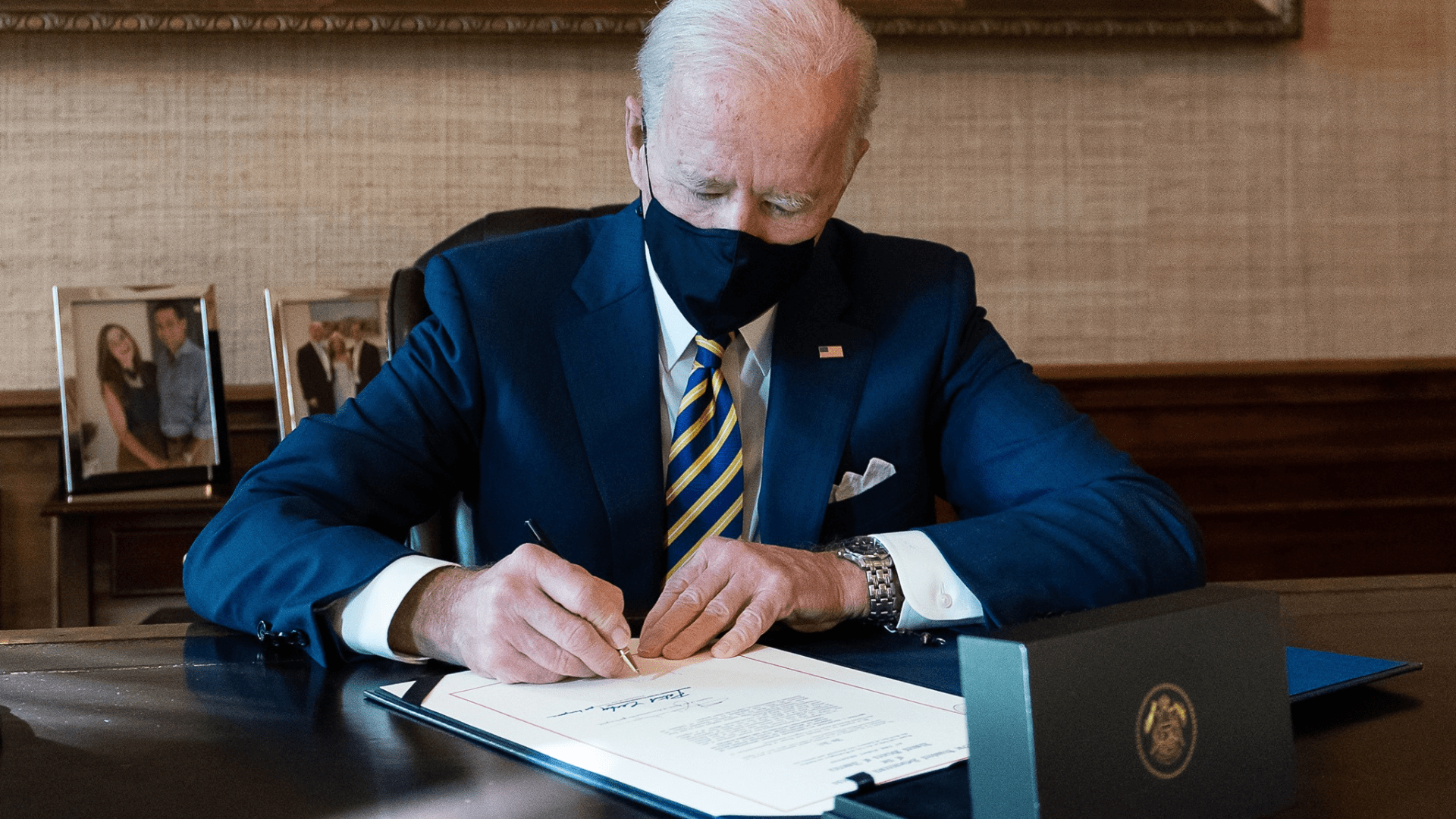
The fragmented regulatory landscape overseeing U.S. biosafety labs has been criticized for its complexity and inconsistency. The absence of a clear, authoritative body to oversee lab safety has led to a “patchwork” system, contributing to the frequency of biosafety incidents (via The Daily Mail).
This disjointed approach has resulted in confusion and a lack of accountability among scientists, further compounding the safety issues within these critical research environments.
Recommendations for Unified Oversight
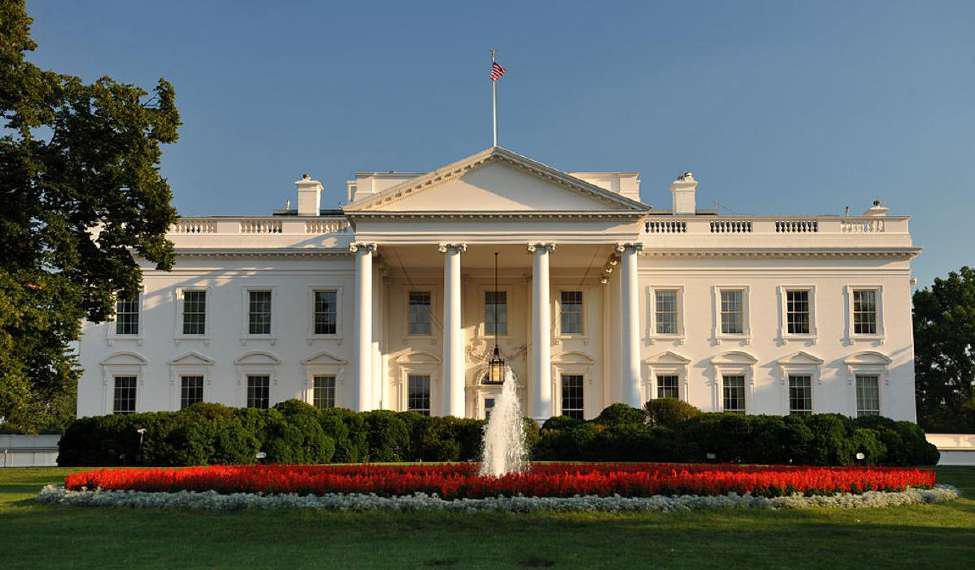
In light of the evident regulatory gaps, there have been calls for the establishment of a singular authority to monitor biosafety labs, similar to the governance of the nuclear industry (via Congressional Research Service).
However, despite the clear rationale for such a centralized approach, proposed reforms have faced resistance, notably being rejected by the White House (via GAO). This rejection shows the challenges in achieving consensus on the path forward for lab safety improvements.
Case Examples of Pathogen Release
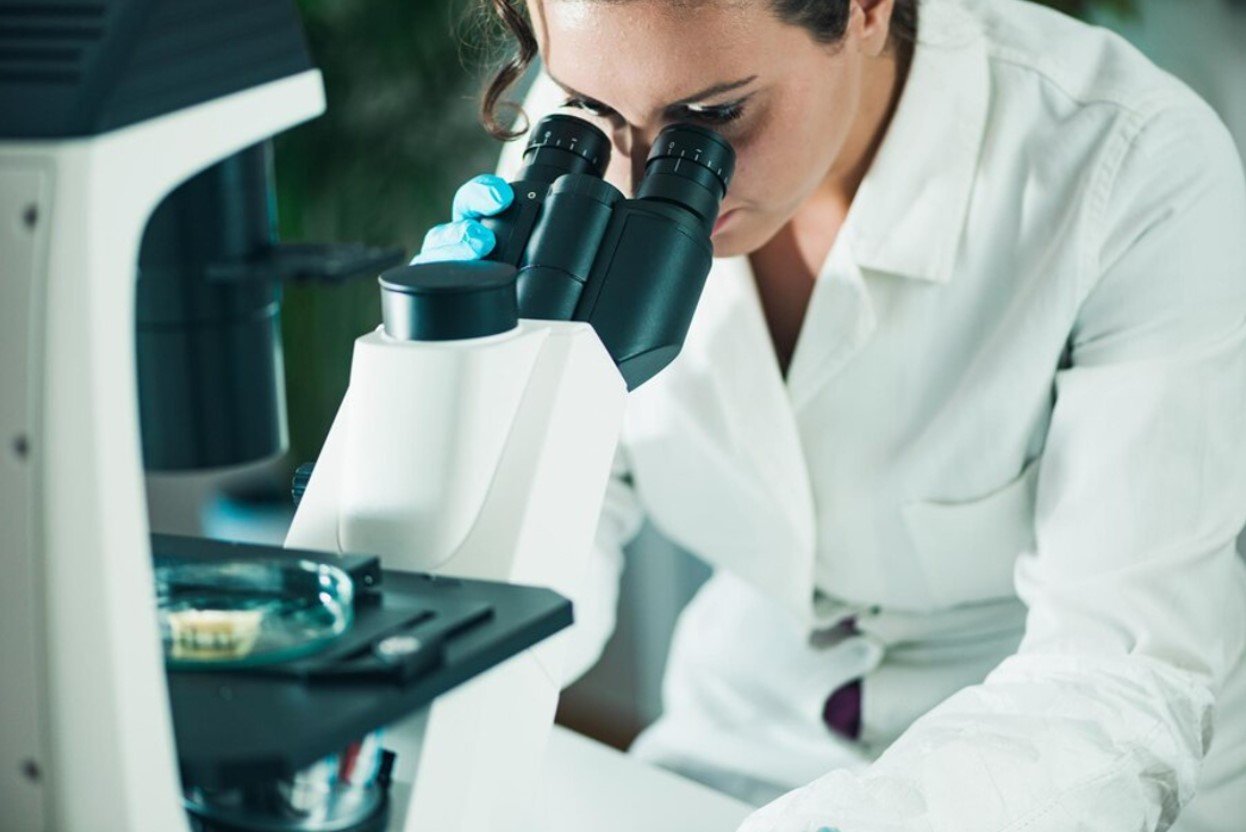
Specific incidents highlight the risks associated with current lab practices. A student at Washington University accidentally exposed herself and the community to the Chikungunya virus, according to The Intercept. A potential anthrax contamination at Fort Detrick raised alarms about environmental releases in the ’90s (via Baltimore Sun).
These examples showcase the diverse ways in which pathogens can escape laboratory confines, emphasizing the need for stringent containment measures.
Global Context and International Incidents
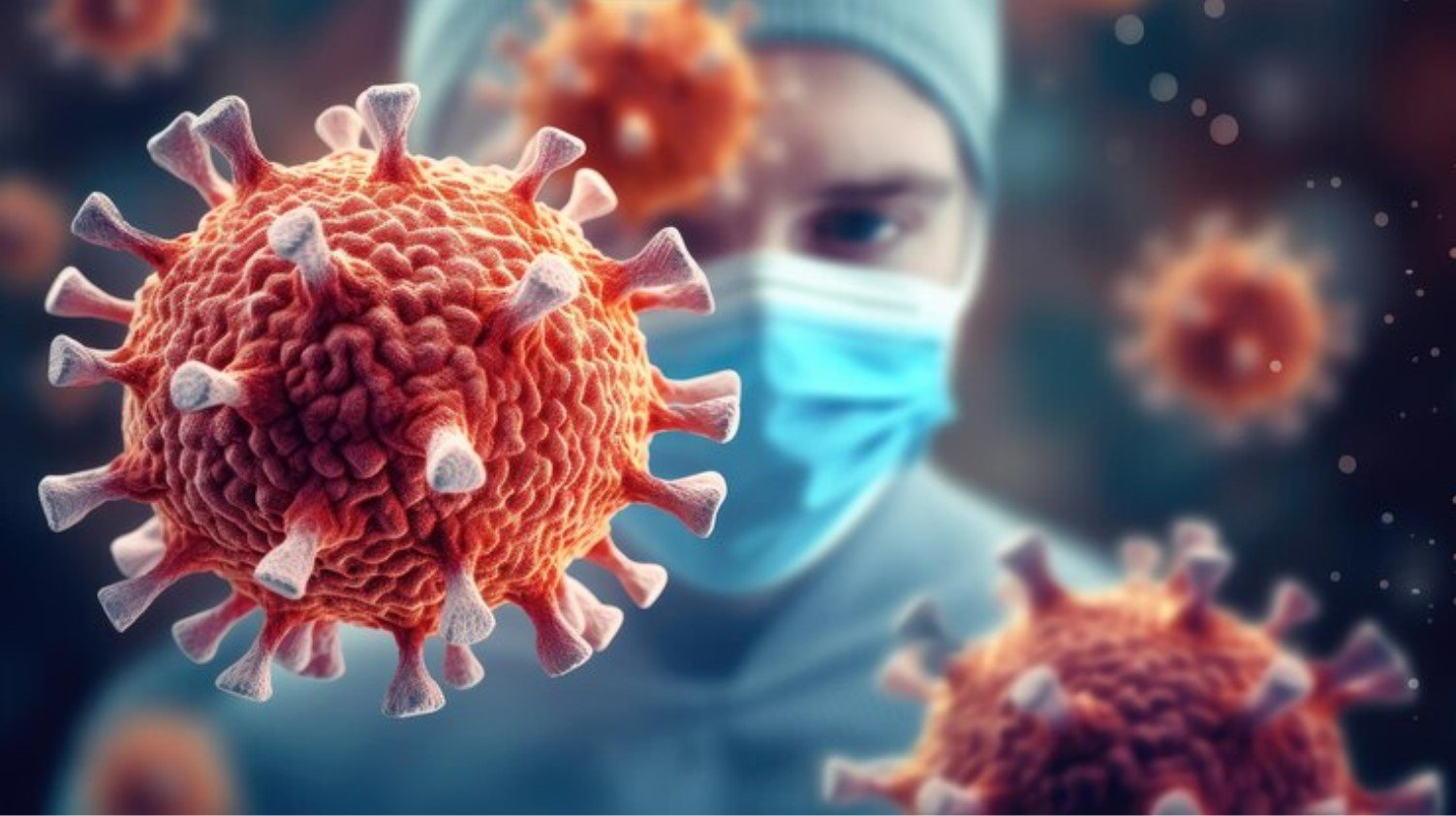
The United States is not alone in facing biosafety challenges. International incidents, such as the anthrax release in Russia and concerns over lab leaks influencing pandemic origins, place U.S. incidents within a global framework (via The New York Times).
These worldwide cases illustrate the universal risks associated with high-level biosafety labs and the need for global standards and collaboration in addressing these issues.
Public Health Implications and Community Risks
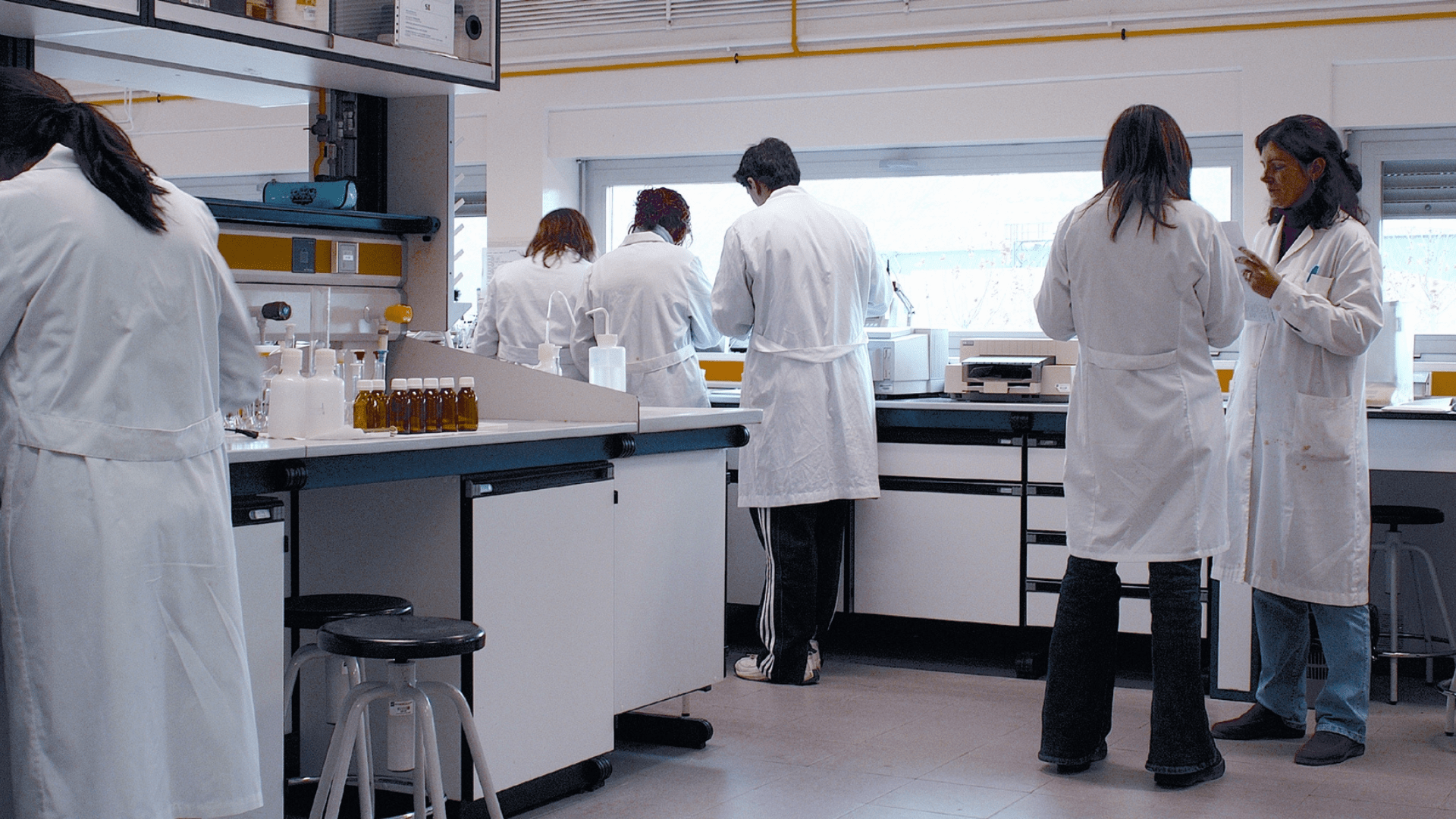
The potential for lab incidents to impact community health cannot be understated. Incidents of pathogen release pose not only a threat to individual health but also the risk of sparking broader outbreaks.
It’s not enough for labs to simply prioritize their own safety protocols — they must also consider the potential consequences for surrounding communities and implement measures to reduce these risks.
Transparency and Public Trust

The lack of transparency regarding individual lab incidents has been a significant concern. Officials often cite national security risks as reasons for withholding information, but this practice contributes to public mistrust and skepticism (via OECD).
Enhancing transparency while balancing security concerns is essential for rebuilding public confidence in the scientific community and its handling of biohazards.
Biosafety in High-Containment Labs
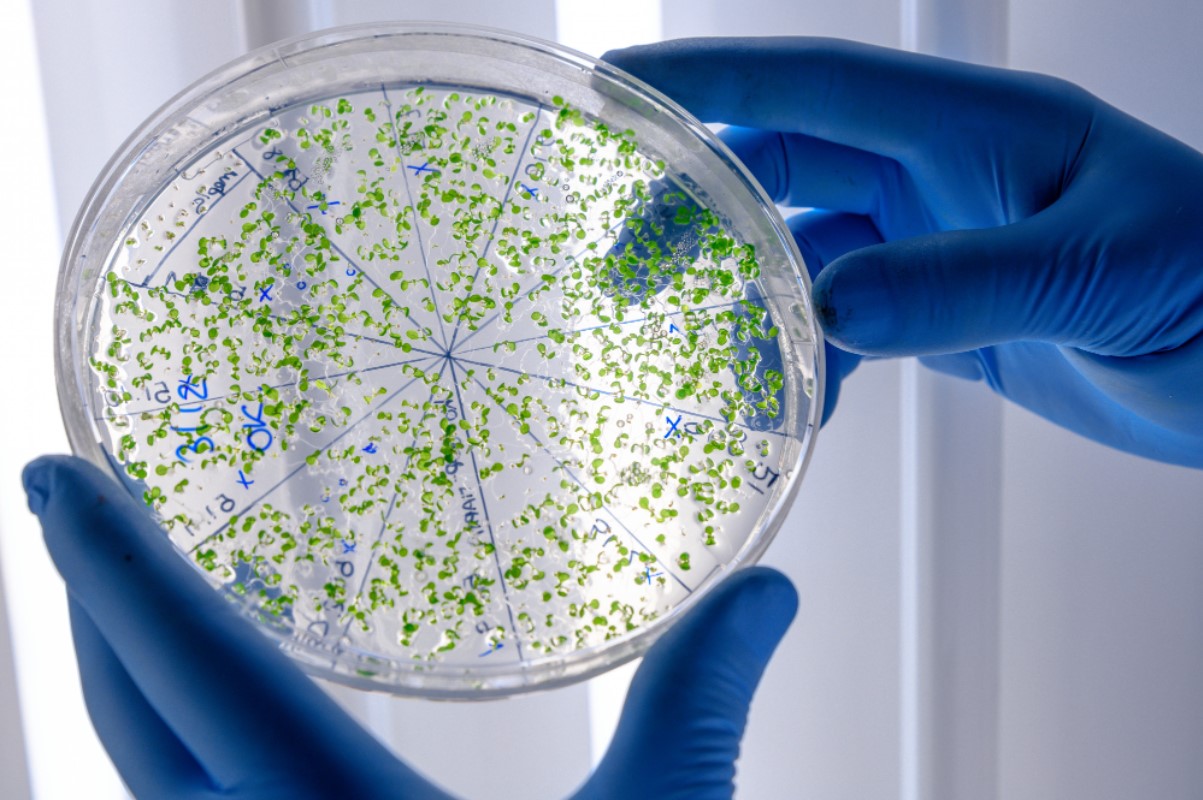
The United States hosts several Biosafety Level Four (BSL4) labs, which are designed to study the most dangerous pathogens (via CDC). However, discrepancies in regulations and oversight have raised concerns about the safety of these high-containment facilities.
Addressing the inconsistencies in lab standards and practices is critical in preventing accidental releases and ensuring the safety of both lab personnel and the general public.
Calls for International Standards and Cooperation
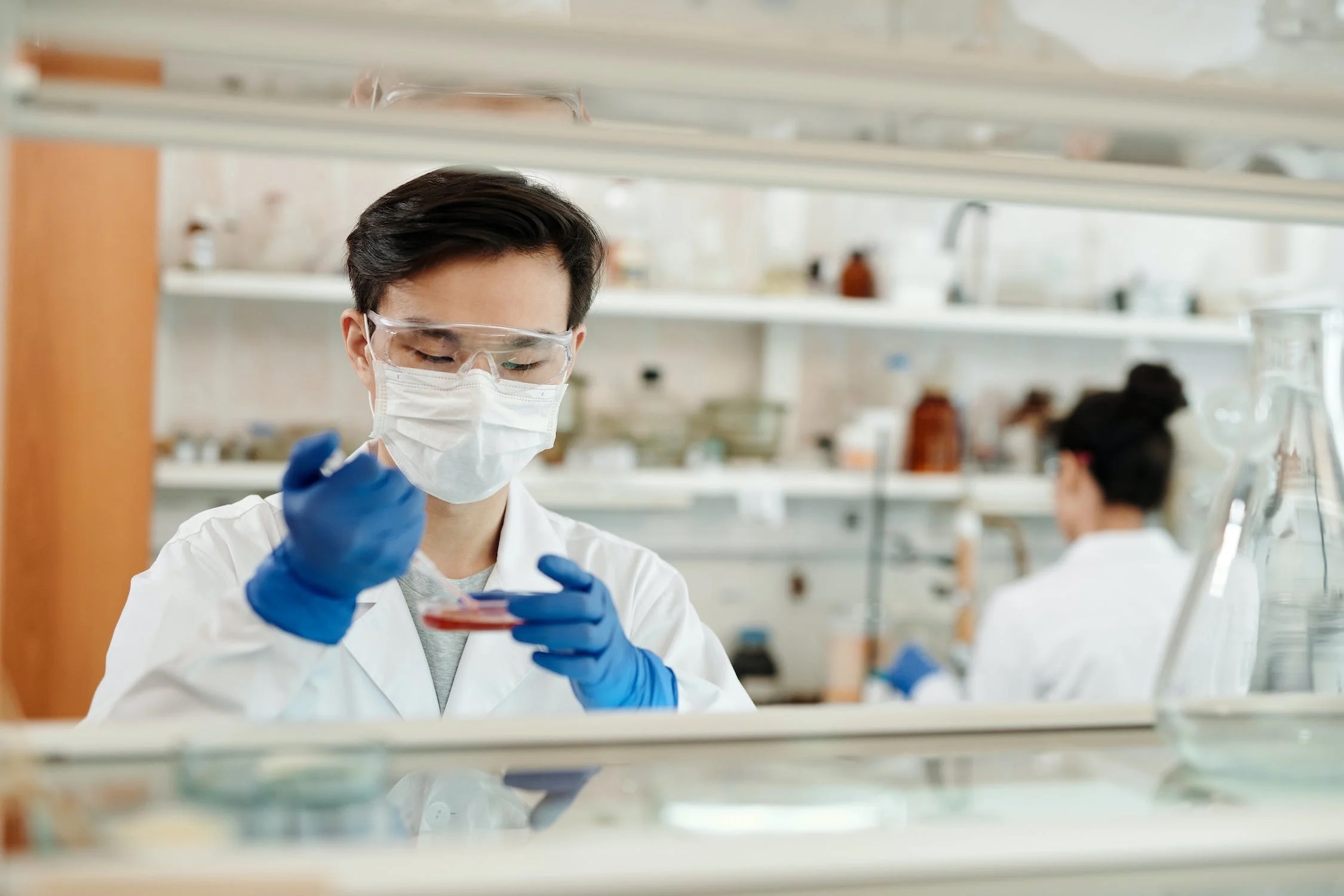
One way to reduce the risks associated with pathogen releases is to establish international biosafety standards and enhance global cooperation.
Drawing lessons from both domestic and international incidents, there is a clear need for a cohesive global approach to lab safety, emphasizing shared standards, practices, and transparency to mitigate the risks of future incidents.
Lessons from Past Lab Leaks
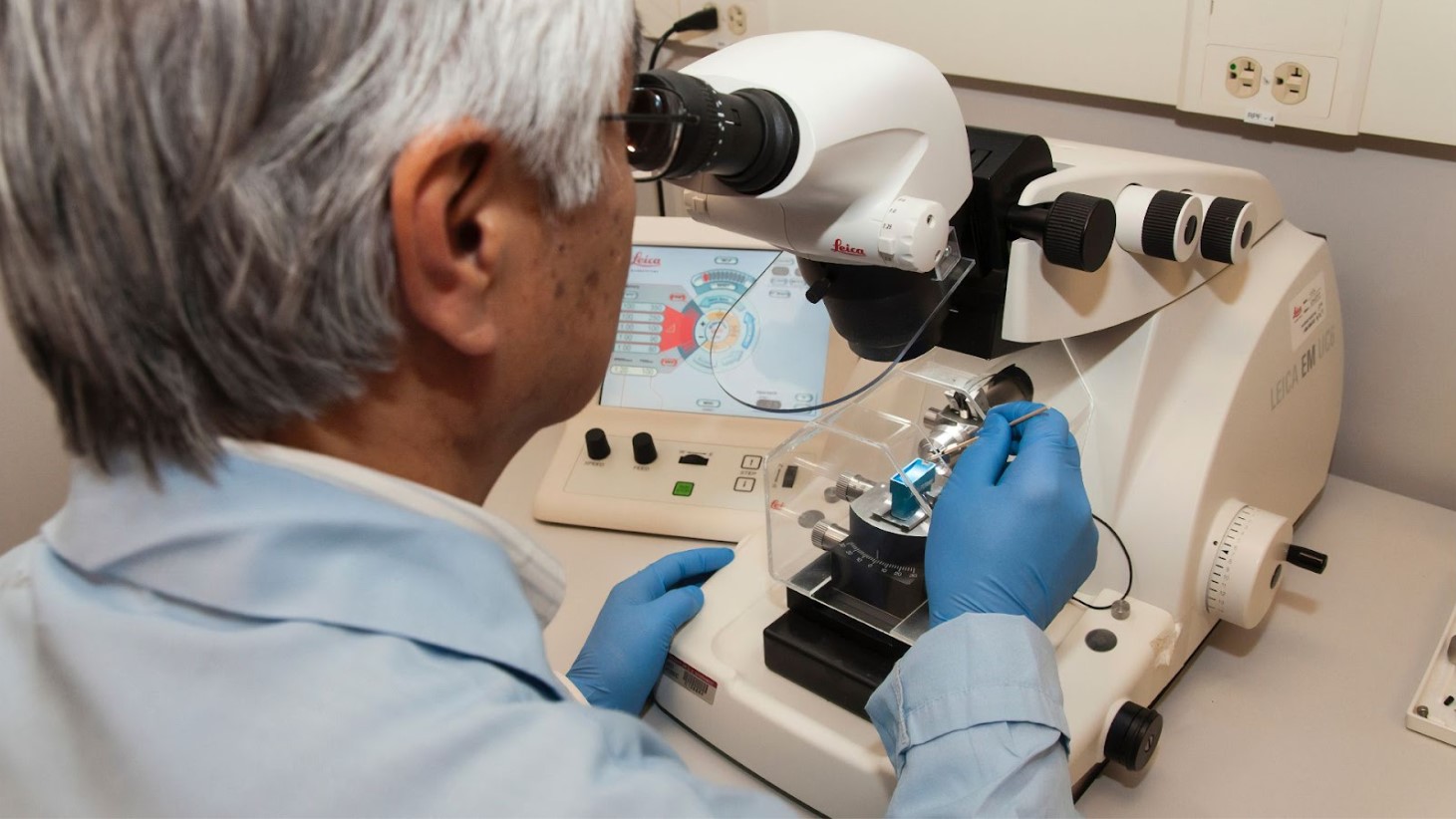
Historical lab leaks provide valuable lessons for current biosafety practices. Instances like the unintentional release of smallpox viruses and “Vietnamese time bomb fever” highlight the ongoing vulnerabilities within even the most secure laboratories (via The Daily Mail).
These instances emphasize the importance of learning from past mistakes to fortify lab safety protocols and prevent future leaks.
The Path Forward
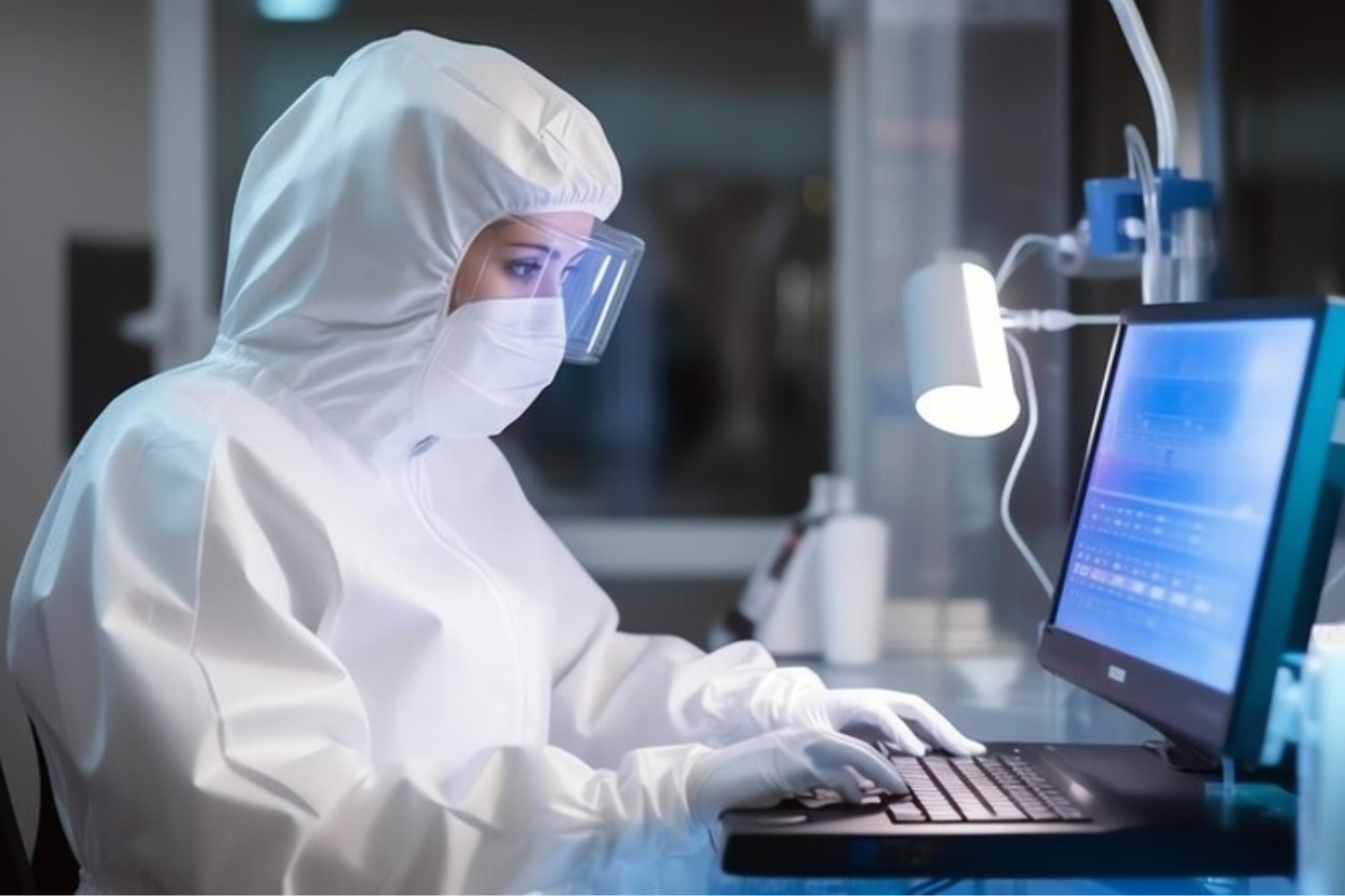
Experts like Dr. Ebright have highlighted the high frequency of lab safety incidents, which calls for a comprehensive review and reform of biosafety and biosecurity practices.
Improving transparency, standardizing regulations, and enhancing global cooperation are critical steps to prevent future lab leaks and safeguard public health.








































